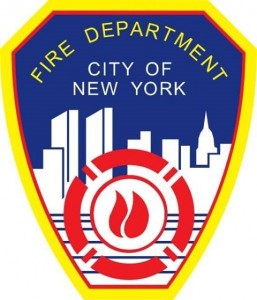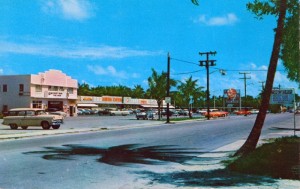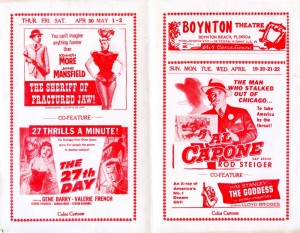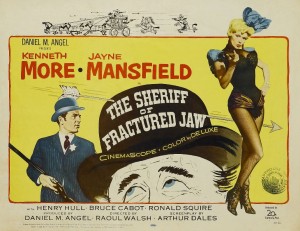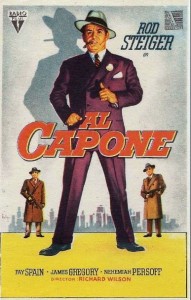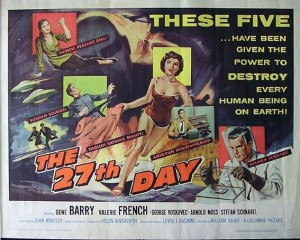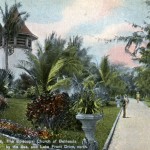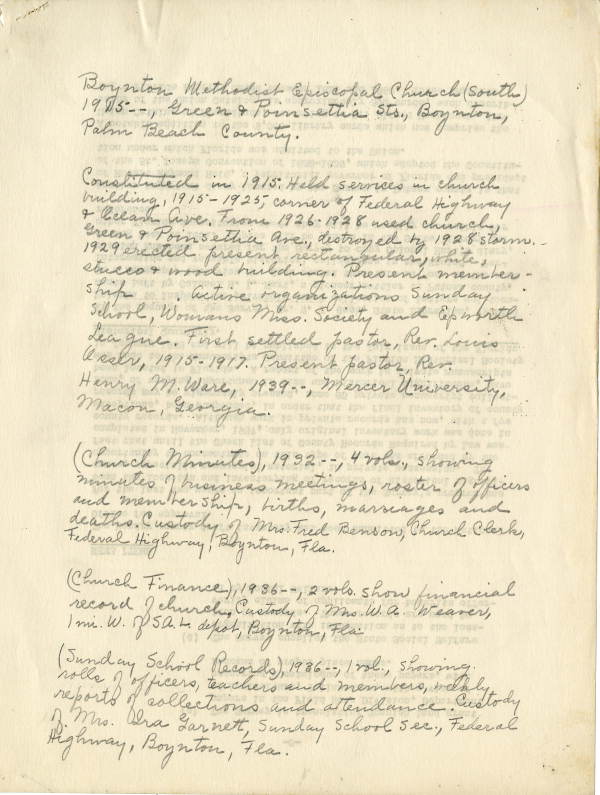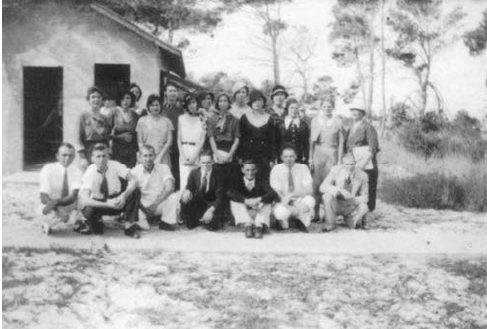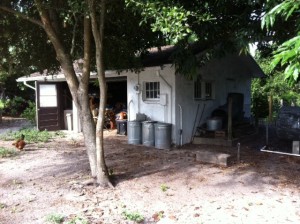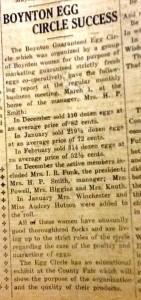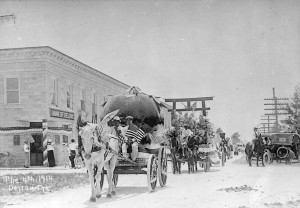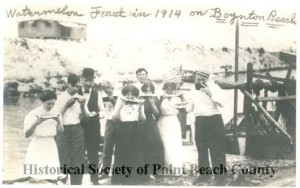This 911 tribute is written by guest blogger Michael Landress of the Boynton Beach Fire Department.
September 11, 2001 happened to fall on “B” shift for the men and women of the Boynton Beach Fire Rescue Department. I was working as the lead paramedic on Rescue No. 2 along with firefighter 3, Randy Jute and probationary firefighter, Adam Turey.
Our normal morning activities of inventorying supplies, checking vehicles, cleaning the station and perpetuating firehouse gossip was abruptly halted by a barrage of horrific images coming from national television broadcasts. We focused on the small TV in the kitchen to witness the top portion of the north tower of the World Trade Center being enveloped in thick, black smoke.
The smoke was billowing uncontrollably from a gaping hole in the building and initial reports were unclear. However, I vividly recall reporters stating this may have been accidental. “A small plane has just struck the north tower of the World Trade Center . . . more details to follow,” one of them muttered.
It was painfully obvious this was no accident as United Airlines Flight No. 175 slammed into the south tower in an exploding orange ball of fire and falling debris. The plane literally disintegrated into the building killing everyone on board instantly. Terrorists had planned and executed an affliction on American soil like no other time in modern history with perhaps the exception of Pearl Harbor.
As Randy, Adam and I discussed our own strategies for combating such a blaze, the north tower began to buckle and crumble. This magnificent structure, now insulted by fire, collapsed in a huge cloud of dust that blanketed the streets of Lower Manhattan — forever shattering our sense of security. We realized that it was just a matter of time until the south tower would succumb to the same intense heat radiating from the burning jet fuel. It too, would finally collapse under its own great weight. It was surreal watching this calamity unfold on live television.
My wife called the fire station — her voice cracking with fear as the twin towers disappeared from the New York City skyline. I desperately tried to calm her fears, while coping with my own. Our reality then set in when the station alarm sounded, summoning us to the first of many emergencies we would handle on this day. My emotions remained mixed throughout the arduous twenty-four hour shift. I was experiencing feelings of anger, grief, helplessness, but above all, I had feeling of unity and patriotism.
Everyone we encountered, including patients, nurses, ER physicians and the notoriously cranky trauma surgeons offered support for what we were doing — simply our jobs. I’ve always been enamored with this profession, but never have I been so proud to have worked as a firefighter/paramedic as I did on September 11, 2001.
Perhaps I am naïve, but I felt as though, albeit brief, that everyone in the country, regardless of race, color or creed, seemingly became one. We were all touched by this tragedy — not for the color of our skin, nor our political affiliation or religious beliefs, but simply because we are Americans.
Who can forget the bipartisan, campy rendition of “God Bless America” sung by members of Congress on the steps of Capitol Hill? Yes, it’s true, some sang like squeaking hinges, but it was good to see cooperation and unity from our leadership.
It’s troublesome to think it takes this type of cataclysm for the people of this great country to come together as one nation.
I will always hold the 343 New York City firefighters, the paramedics and emergency medical technicians, the police officers, the port authority personnel, our military and civilians who were murdered on that clear September morning in the highest regard.
Michael Landress is a native Floridian and novice historian. He has spent the previous 15 years as a professional firefighter/paramedic for the City of Boynton Beach Fire Rescue Department. He holds a BA from St. Thomas University in Miami, Florida and his hobbies include; spending time with his two teenage sons, writing, photography, supporting the Miami Dolphins and saltwater fishing.

